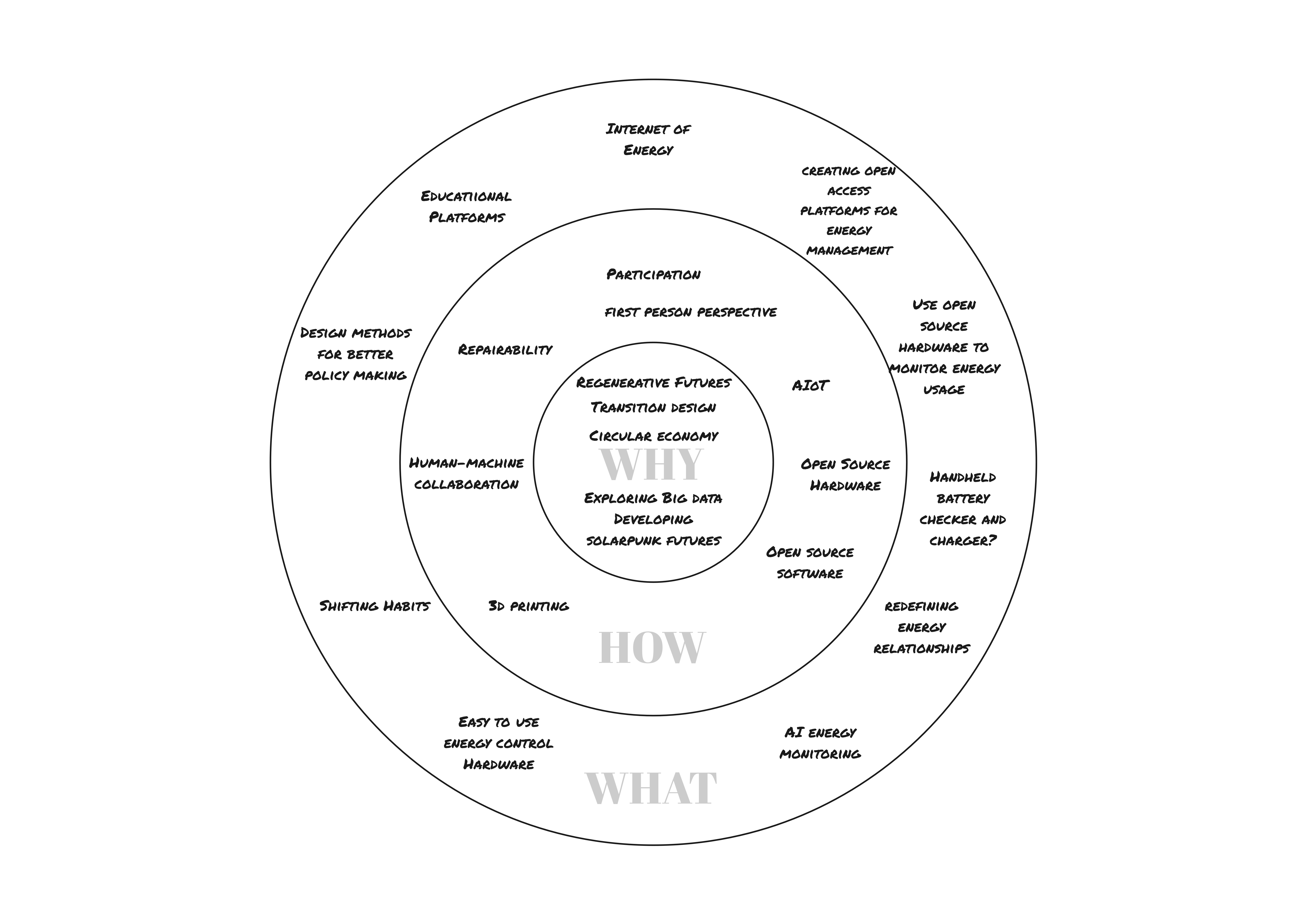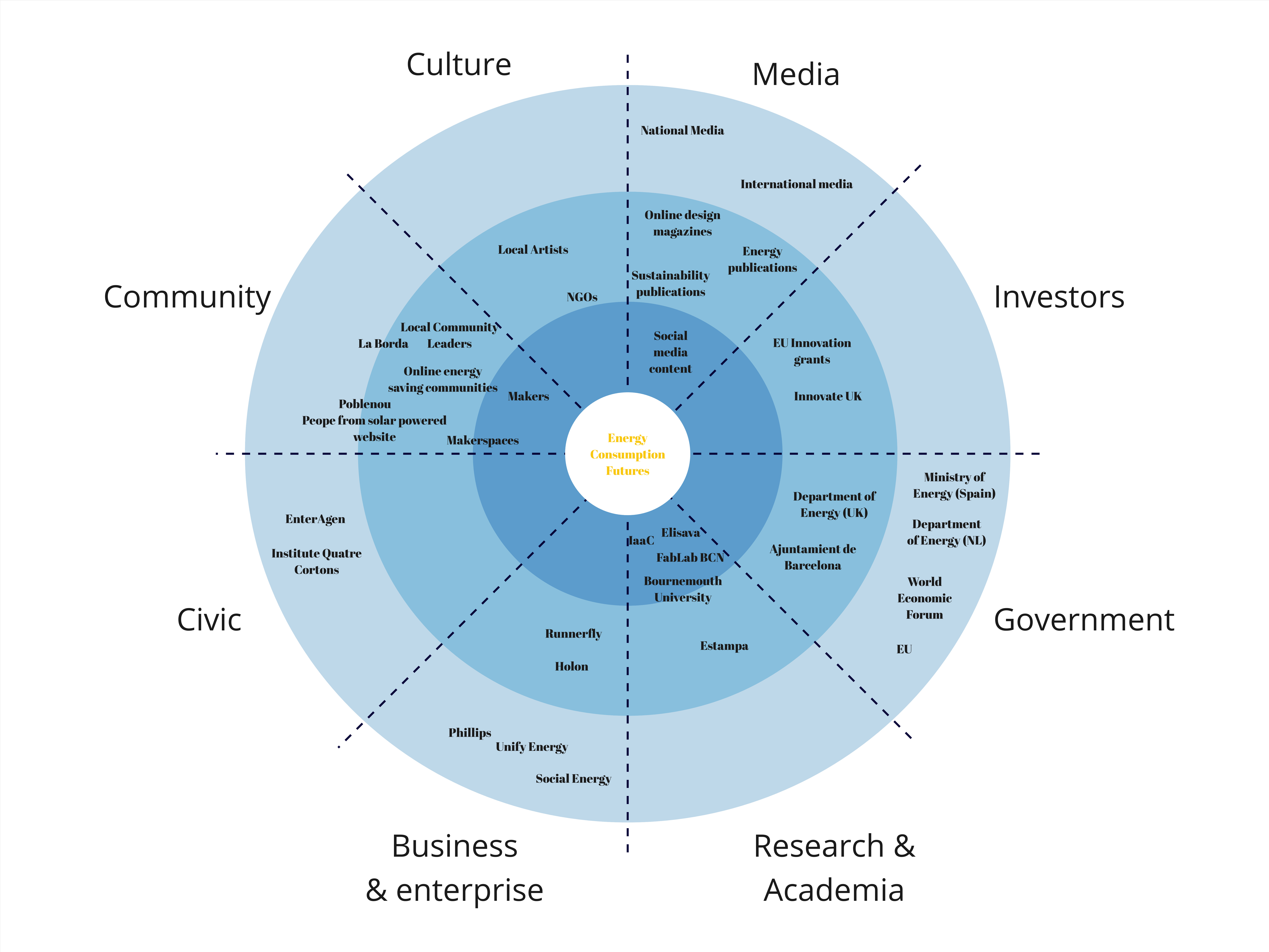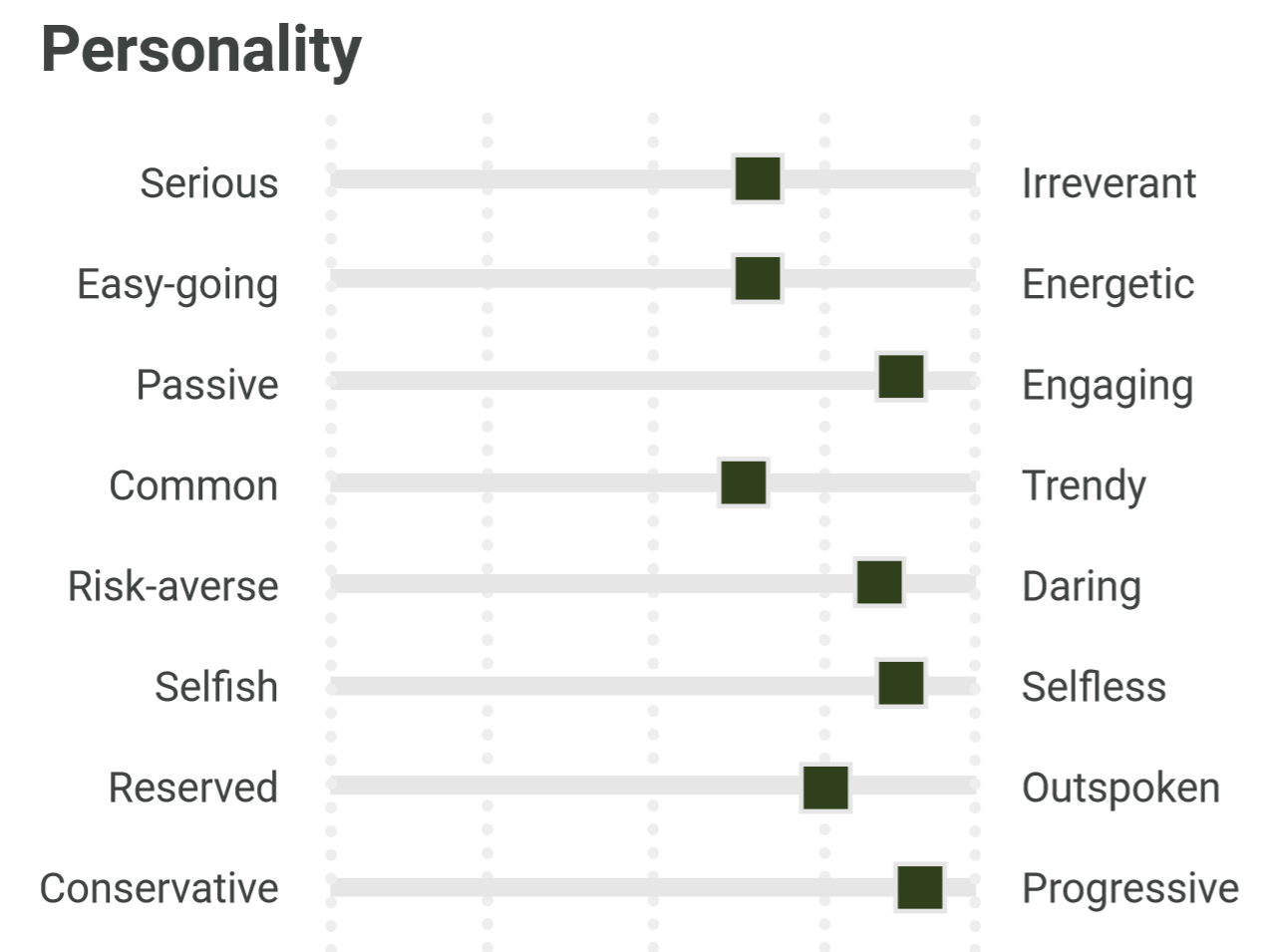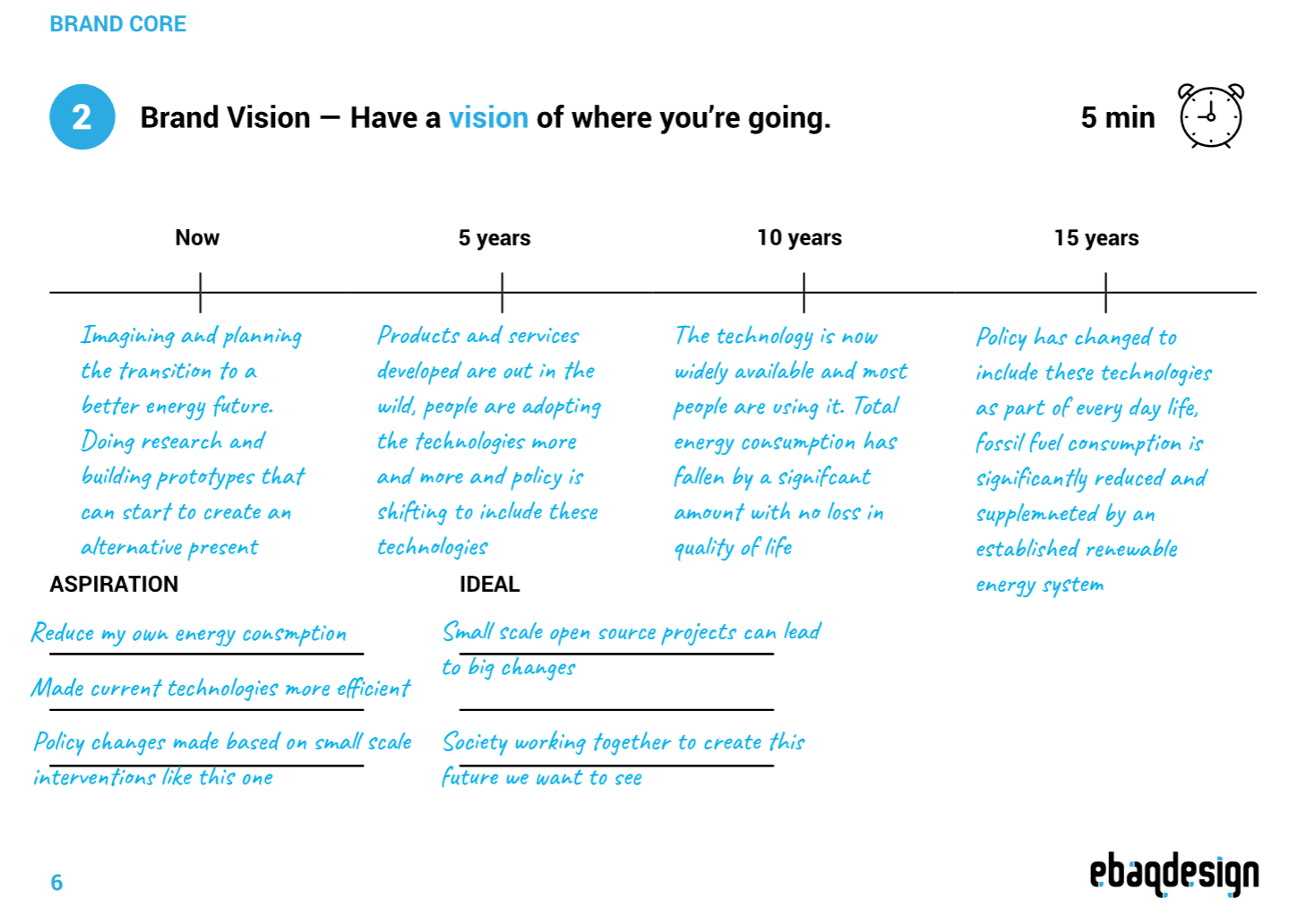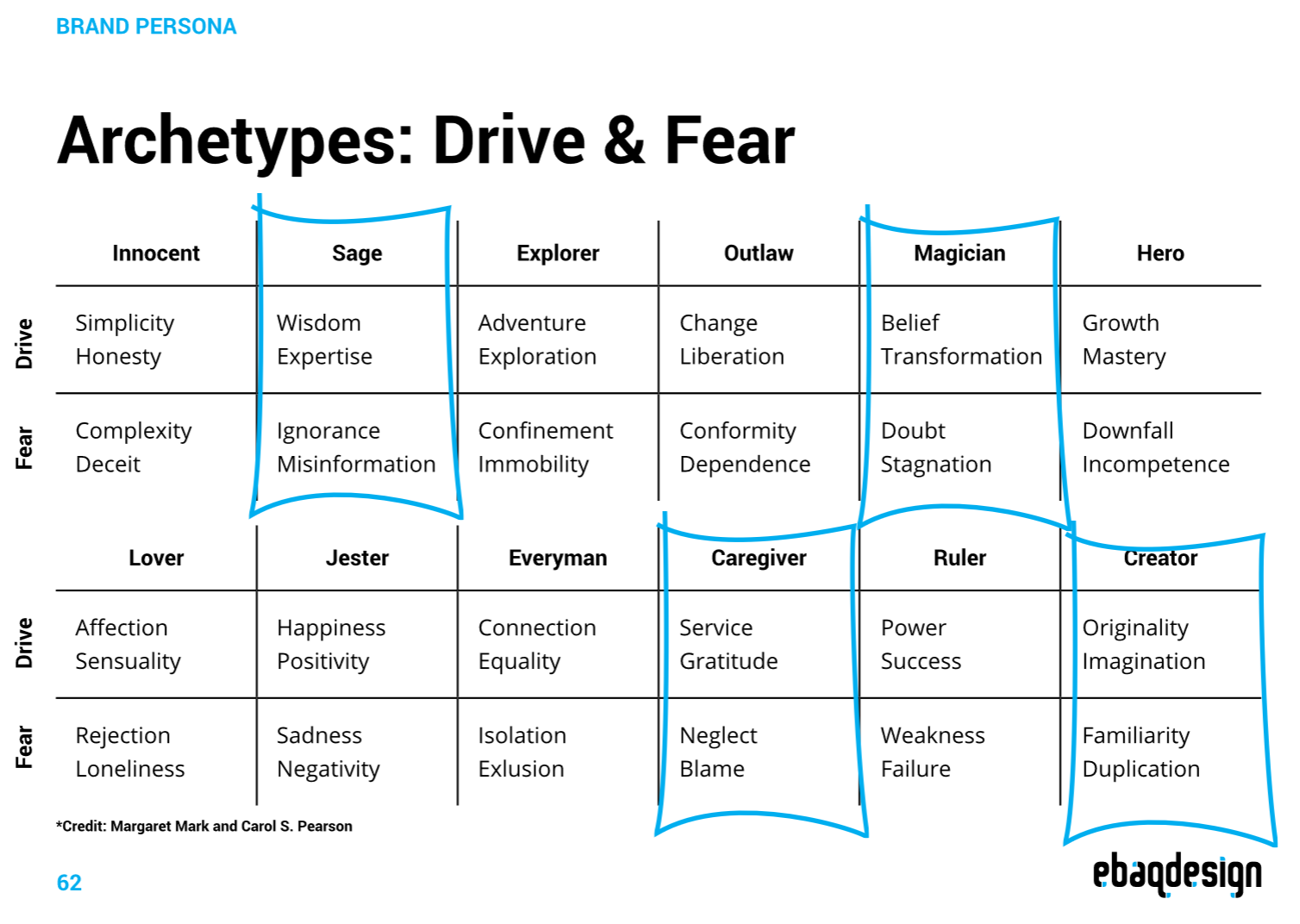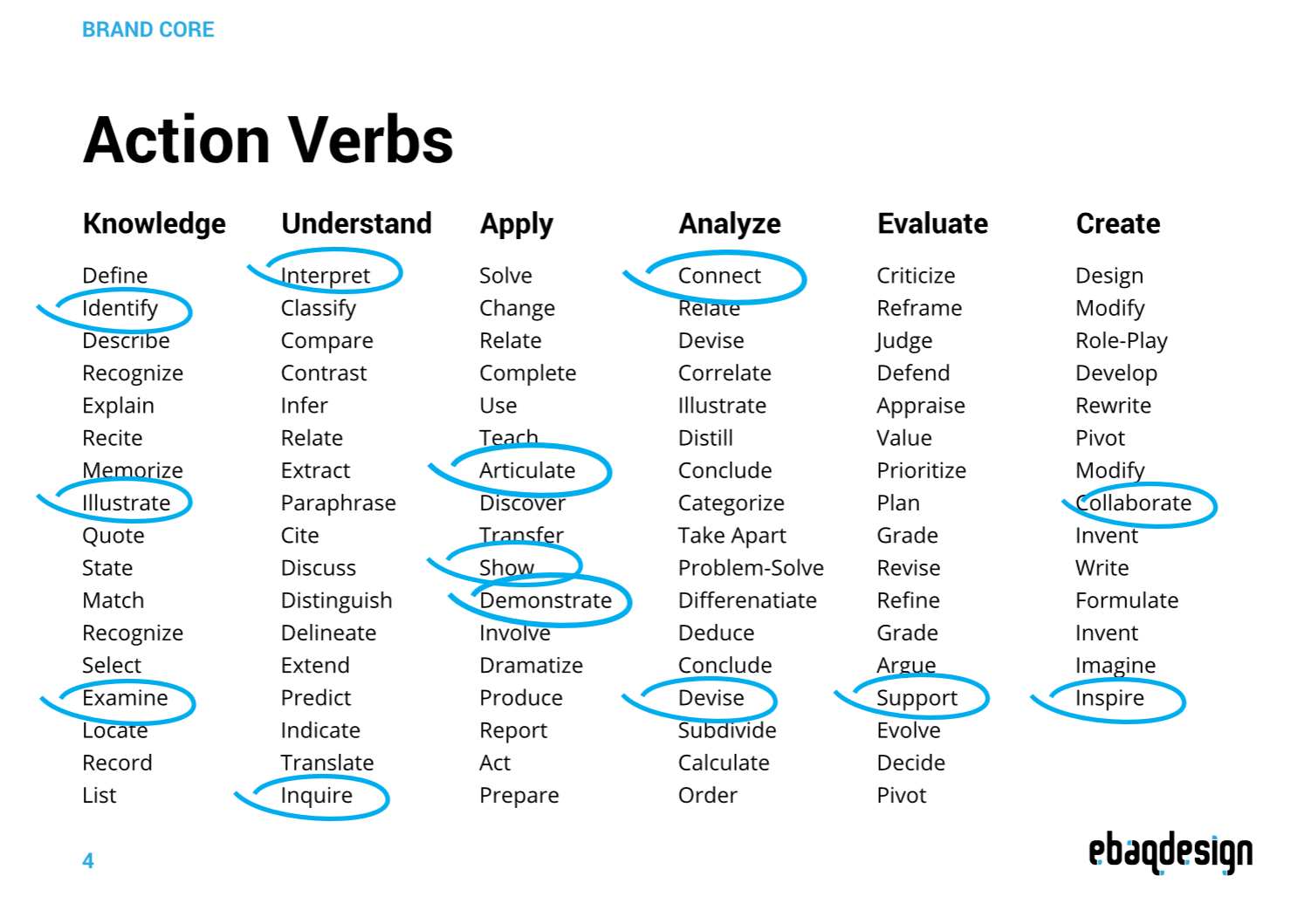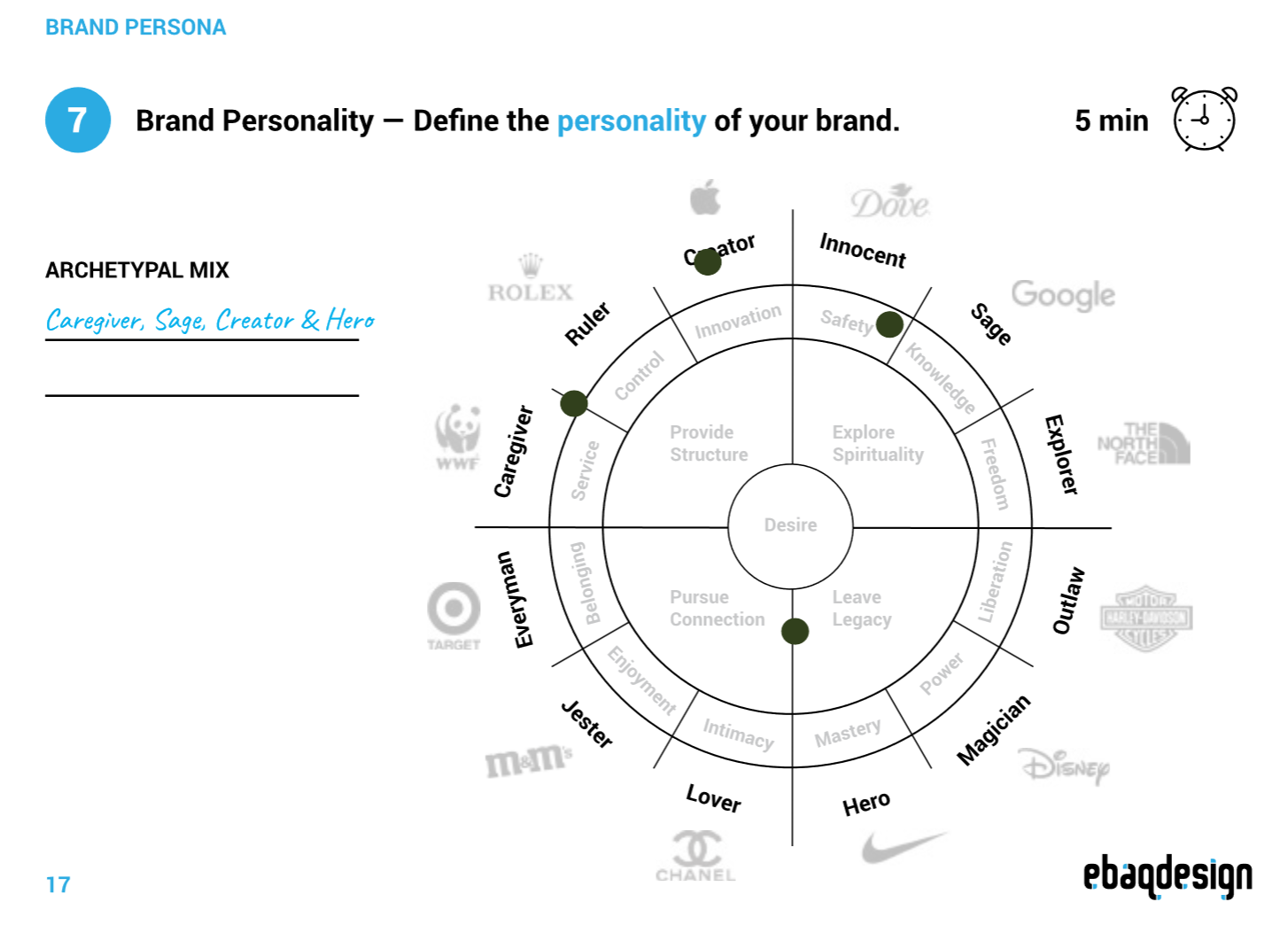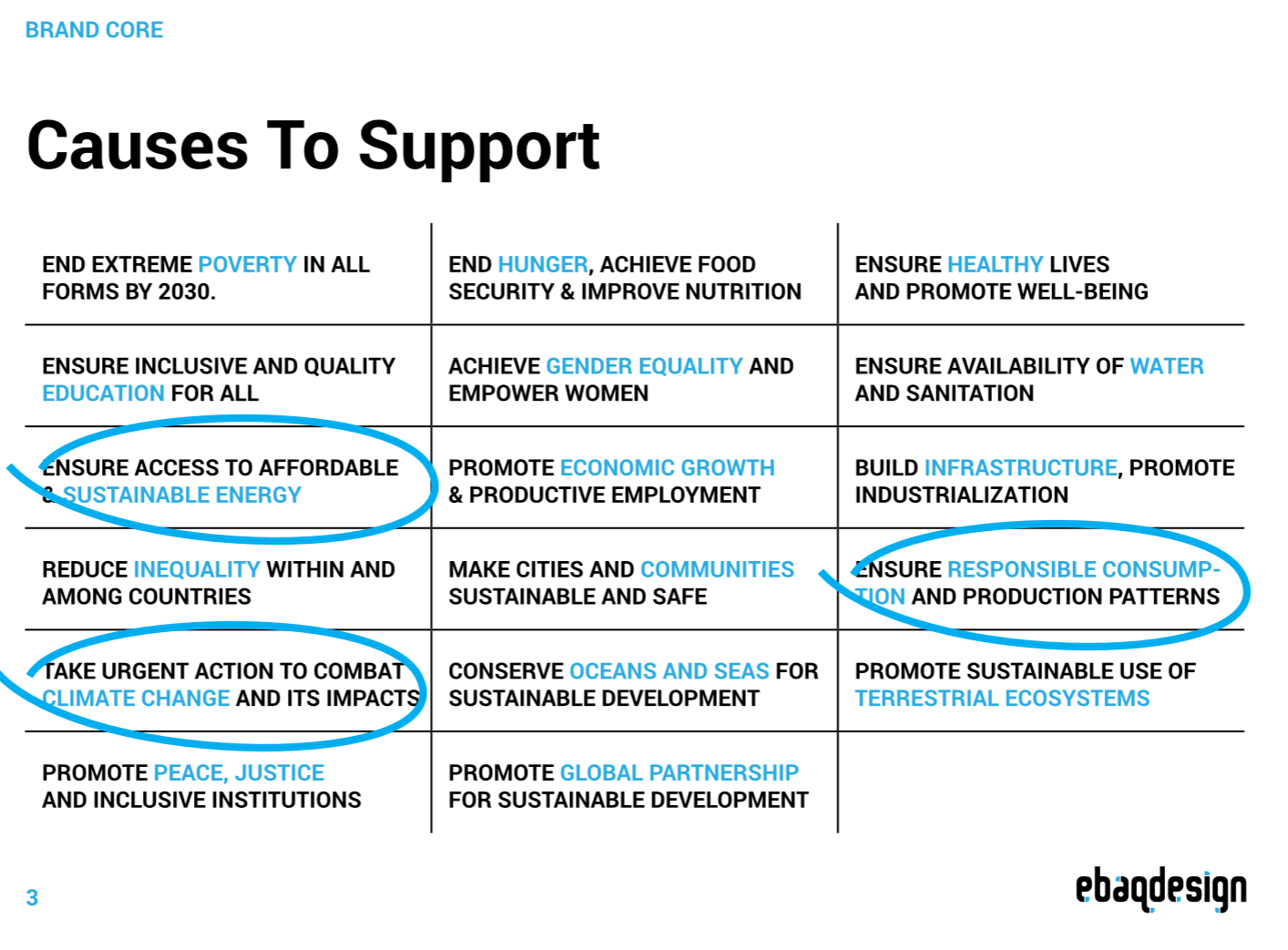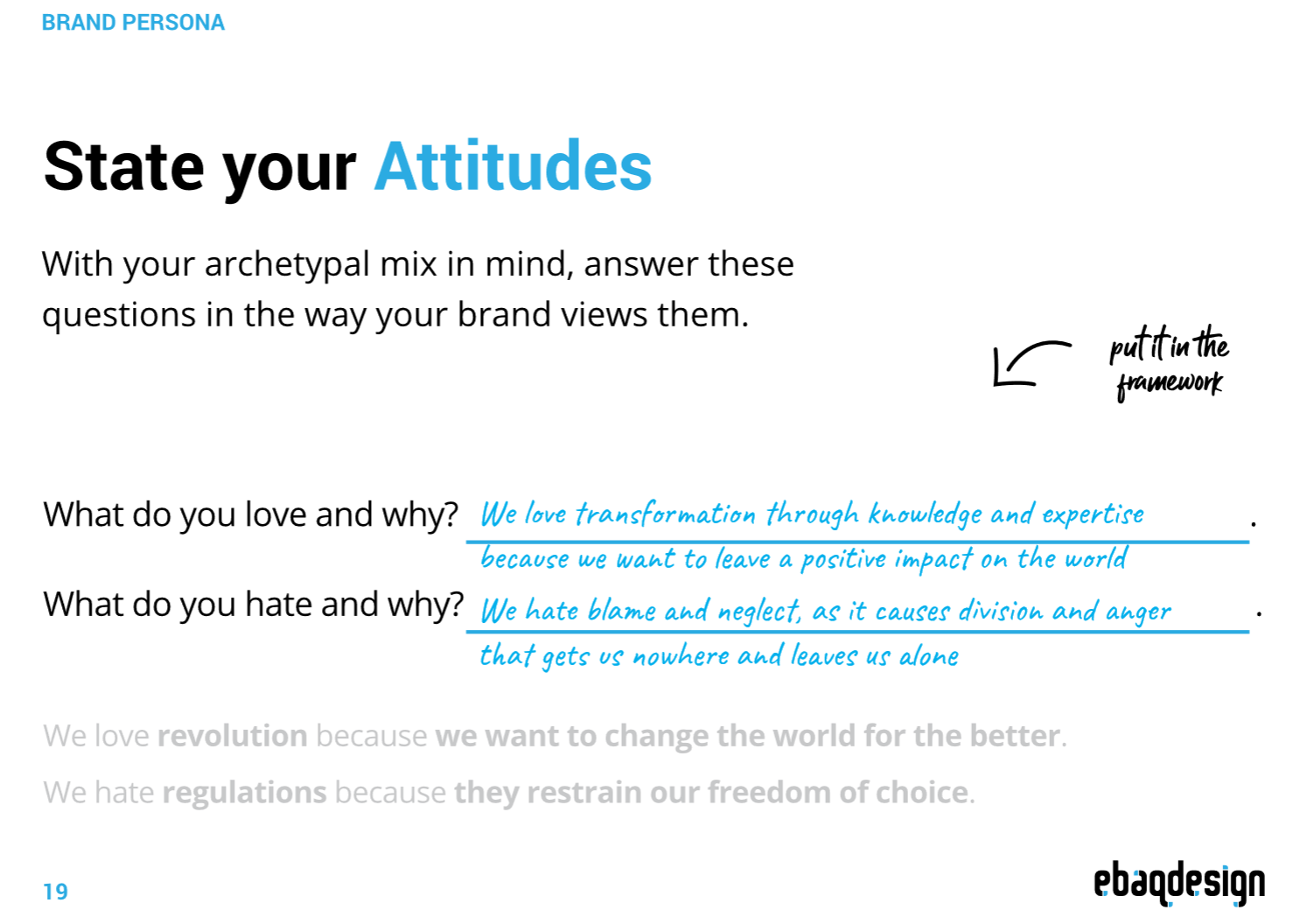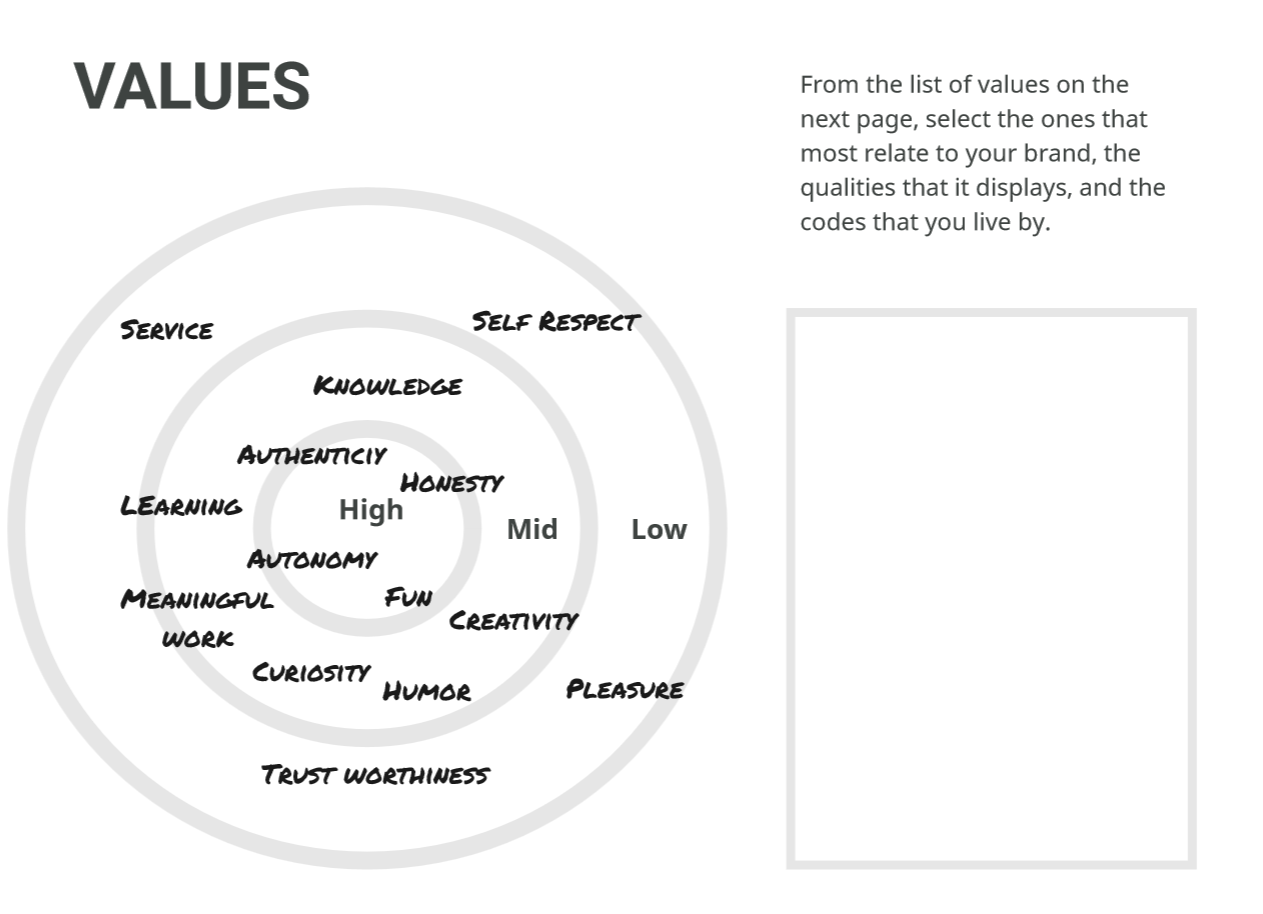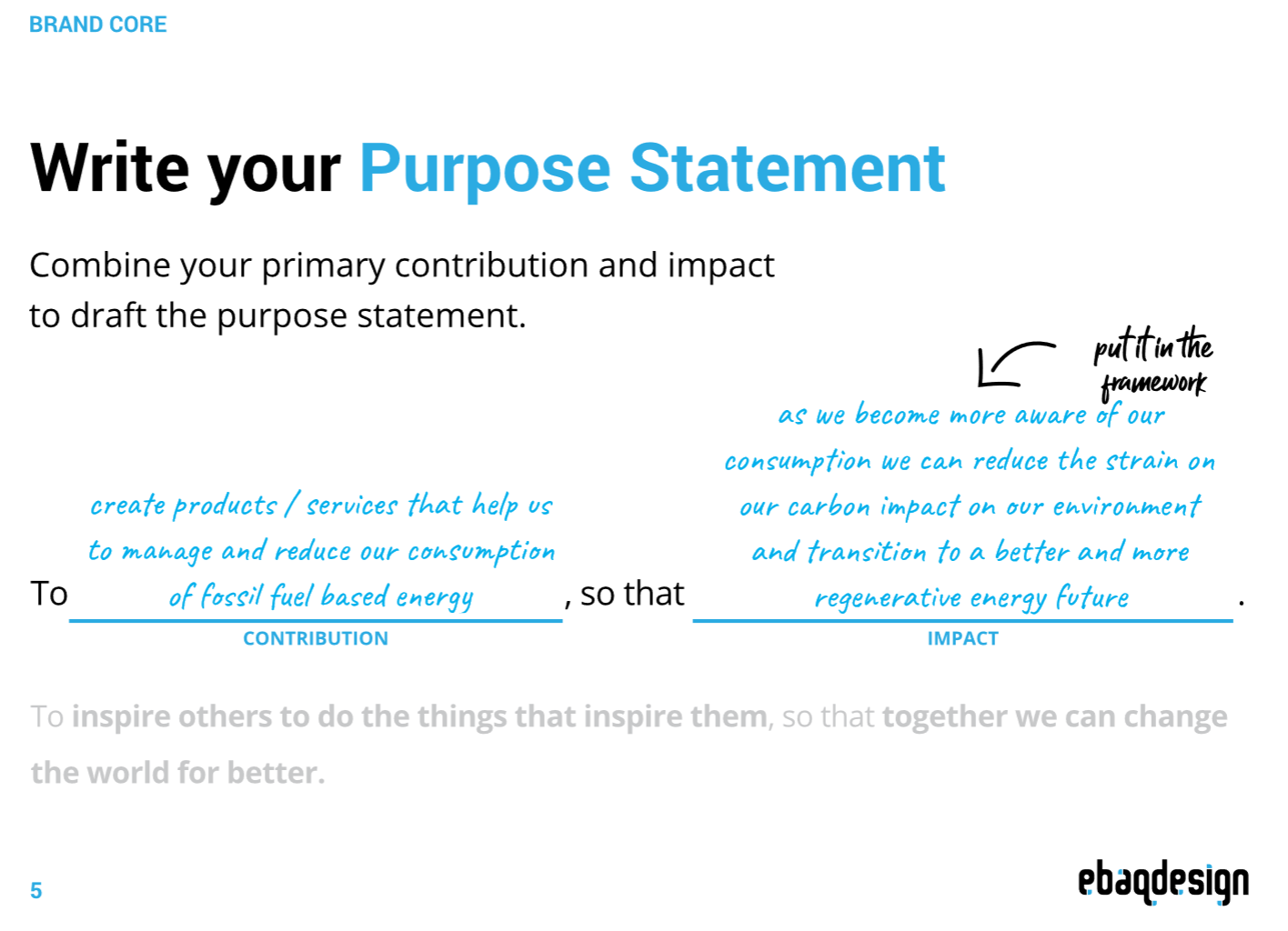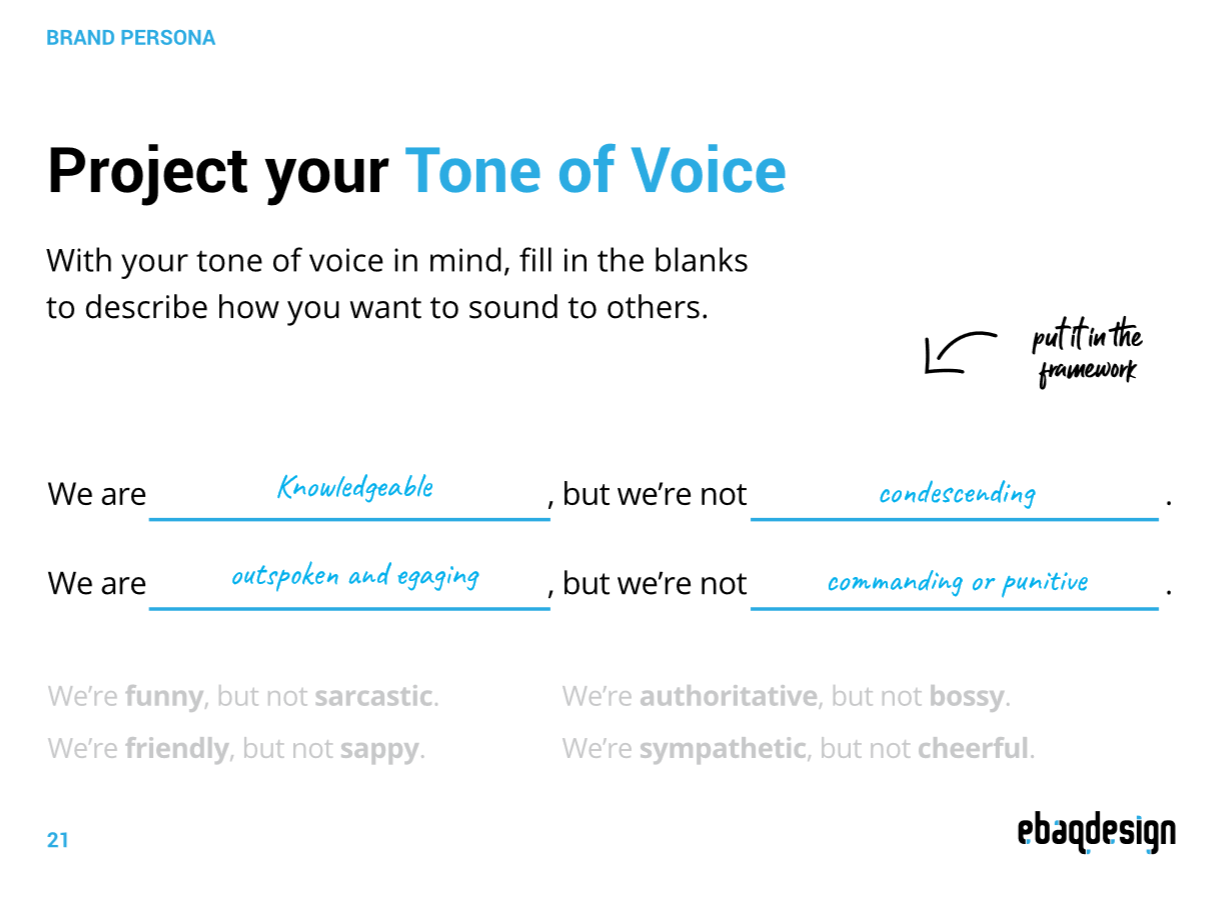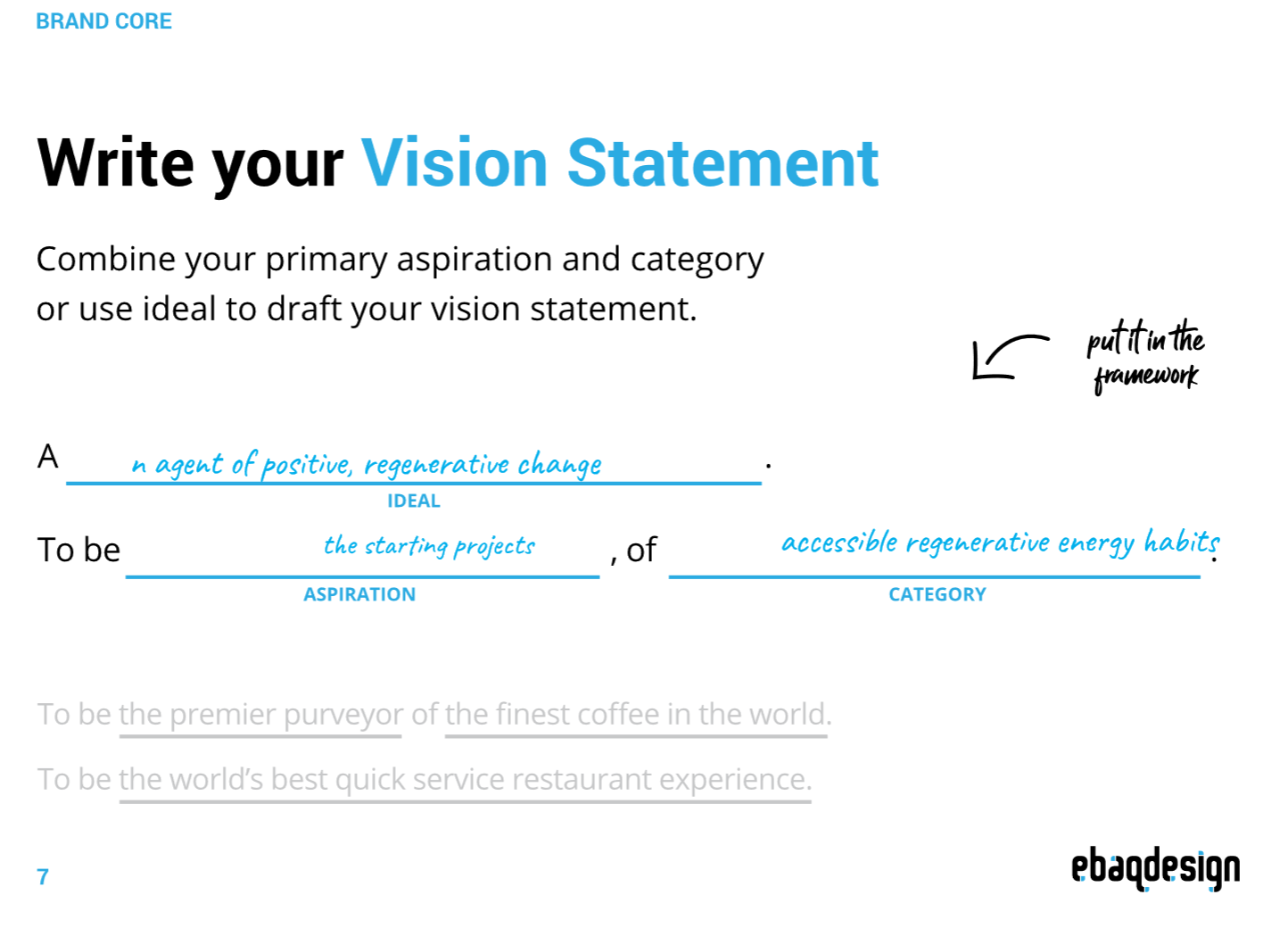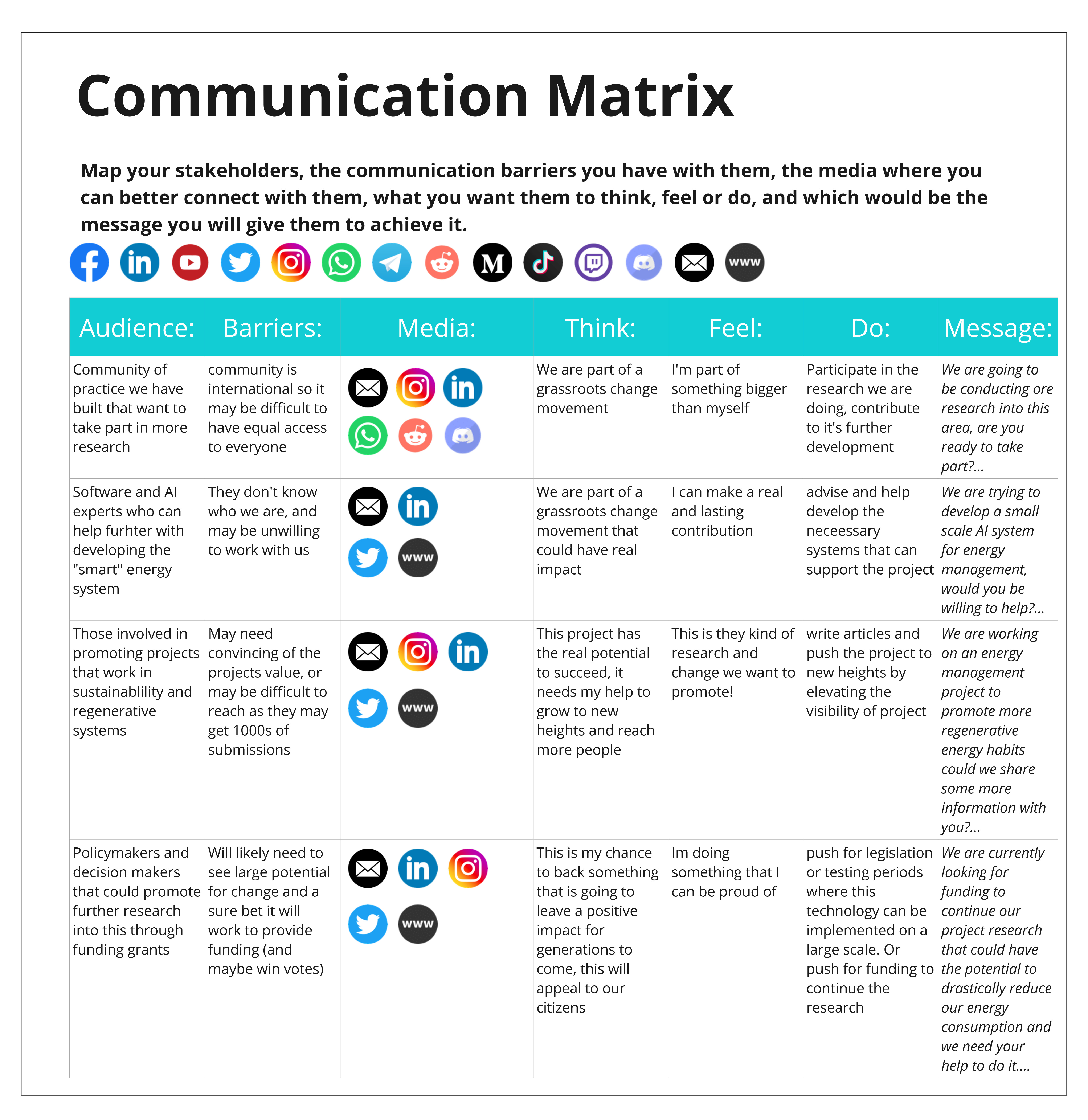Communicating Design
Too Long Didn’t Read
Throughout this module, we focused on effectively communicating our ideas to various audiences, from technical to business to policymakers. Led by Pablo, the course emphasized techniques like the Golden Circle and stakeholder mapping to refine our project motivations and network. We learned about project branding, personality, and creating comprehensive communication strategies, including developing a tandem project with a classmate. The module also introduced tools like the communication matrix, which helps plan outreach to different stakeholders, ensuring a strong foundation for our projects to make a real impact in society.
Throughout this module, we are focusing on techniques and methodologies to effectively communicate our ideas to people from all kinds of backgrounds, from technical to business to policymakers.
Led by Pablo, it’s going to be a comprehensive training on how to get our ideas across in the most effective and engaging ways so that our projects and ideas can stand on a strong foundation when put out into the world and hopefully gain the attention they need to start making a real impact in society.
The Golden Circle¶
At the outset of any project, it’s important to try and map out our motivations for undertaking the project, this is a reflective exercise and it’s a really useful tool for mapping out your deeper motivations and a useful reminder as your projects naturally unwind and meander towards the final goal.
How does it work?
In a series of concentric circles, map out Why, How, What. Start to populate each circle with words you associate with your project and the directions you want it to go in (you don’t have to do this exactly like I’m describing it, but I find it a useful way to just get some ideas down on paper to start with).
Once you’ve done this, try to extract from each circle an answer to these questions, try to keep it concise, like you are answering with a tweet (~250 characters).
When you are done it should look something like this:
My Golden Circle:¶
My Key Guiding Questions:¶
Why do I want to do it? I want to use design to explore developing tools across hardware, service and policy design that aims to help transition us into a more solarpunk and regenerative future by exploring big data and transition design thinking.
How do I want to do it? Through a combination of first-person perspective design, collaborative participation, open source technologies, human-machine collaborations and circular design principles.
What do I want to do? Create tools and services that help us redefine our relationship with energy, shifting our energy consumption habits through easy-to-use energy monitoring hardware that uses a combination of AIoT and easy-to-repair hardware.
Stakeholder Mapping¶
Stakeholder mapping is a really useful tool to help you visualise the people, places, services and things you have around you that can access to promote your project or idea. The way it works is to place your project in the centre of a series of rings, expanding outwards from the centre you place 3 more rings, each representing a sphere of influence, the closest to your project (or yourself, depending on how you frame it) is the one in your immediate grasp that you could access today, and each ring after not directly connected to you and might require more work to access.
e.g. A person in the closest ring might be a friend, family member, direct co-worker etc. and the second ring might be an acquaintance, an old boss, while the third ring is someone you don’t know but would like to work with or ask for funding etc that will require more work on your end before you can reach out to them.
My Project Research Map (so far…)¶
Right now my main area of research interest is energy. Our relationship to it, how we consume it and the environmental impact this consumption has. I’m not sure what the project will end up being so right now all the stakeholders I’m focused on are those who I think might have the ability to foster interesting discussions and direction for the research to progress. Further on down the line as the project develops and hopefully turns into something more concrete, this map also maps some early knowledge I have on potential businesses and investors I might be able to work with to bring the project further or expand its area of influence.
At this stage, much of the research is focused on first-person perspective work around energy habits I experience, as well as building out potentials for prototypes with the faculty at FabLab BCN. As the project gains more insight and I can start to develop a concrete idea, I hope I can reach out to different groups already working in AI and energy consumption to consult with them and gain some experience that can help push the project towards a tangible solution.
For me this is an incredibly useful tool for creating an everchanging visual map of what I have at my disposal that takes the research and projects I undertake to new levels and directions that I might not have thought of.
If you’ve found the idea of stakeholder mapping a useful idea, you can download your own copy of this image from the button below 👇
Communicating Design Tandem Project¶
As a big part of this module, we have to learn about and understand the project of a classmate, learning about and evaluating each other’s projects as they develop, and be there as someone to bounce ideas off when you are stuck.
To achieve this, my classmate Marius and I have decided to film a series of conversations we are going to have as our projects develop, where we update each other on the progress of the research, we ask questions, poke holes and provide an outside perspective on the work to help each other out. It also helps that we both think it’s a really fun way to document and log the entire journey from start to finish.
You can find the first episode linked below — as we progress through the year, more and more episodes will be linked here 😃.
Episode 1 - Why?
https://drive.google.com/file/d/1hSy2drW0LdQ1T3hguHJzxeimHPuF43AX/view?usp=sharing
Project Branding & Personality¶
This particular class focused on understanding how we want to convey our project to others, developing the kind of narrative we want others to see when they come across the project. We were given a few different insights into how we could approach this from developing a core personality for the project, it’s main characteristics and how it should feel to people.
Using some really useful templates provided to us by Pablo, I was able to develop what I think right now is the correct way to approach this project.
I focused on developing it’s story, which would shape it’s personality, it’s branding, tone of voice, the project’s main archetypes and it’s core values.
While the entire project deck was extremely useful, and I will include each of the frames here for reference (more for myself than anything else) I found that the archetypes guideline, the project vision, values, purpose statement and personality helped me the most in identifying exactly how I want this project to come across to people.
Personality Slider¶
This was particularly helpful for figuring out just how I wanted the project to sound like if you were talking to it in person, and considering that my project is going to be including discussions with an AI as part of your day to day life, I found this one really really helfpul in gauging that approach.
Project Vision¶
This was really helpful in planning out the “Golden Path” of the project so to speak, that if in an ideal world everything went right, this is the plan I’d hope this project would be able to follow,. This was a great exercise in backcasting, as I tried to imagine where I could see this project being in 10 years and working backwards from that to see what I would have to do to get it to where I want it to be, and build in step by step goals to achieve that idea, this gives much more purpose to the idea as it makes it feel much more concrete when put on a timeline like this.
Archetypes¶
This was something I hadn’t really ever come across, except when talking about other people and referring to one of 16 personality types that may possess. This exercise was a similar thing but for a branding strategy.
Pablo showed us some really interesting examples of how these archetypes are used in the branding of products or initiatives to appeal to different groups of people.
I found this to be a really cool way of framing my project research, as it related more to myself and how exactly I wanted what I thought the project will end up becoming to morph into.
This is something I will definitely use more often to determine a project’s direction.
I think this class was super helpful as it introduced me to a lot of new ideas and concepts around branding that I hadn’t really ever come across, being taught how to use them in the right way was a great experience and helped me mostly to really understand how many tools there are out there for us to use to be able to situate our projects in just the right way to have the biggest reach and impact on our intended audience.
I think maybe once I’m in Term 3 with very clear idea of what the project is going to become it would be helpful to go through these exercises again and see if the project still lines up with them, and if they don’t to change them to be much more project specific.
Branding exercise deck¶
You can find the rest of the branding deck for the project so far in the image gallery below! 👇
Transmedia Storytelling + Tandem Project Communication¶
Communication Matrix¶
For this class we developed a communication matrix for narrative messaging and outreach.
A communication matrix like this is really useful when you are trying to define how exactly you can approach different stakeholders for your project, from the general public to specialised experts, as well as media outlets and publications depending on the scale and scope of your project.
I found using this kind of matrix really useful, it helped me to ground my thoughts on how I could approach the various stakeholders who might interested in participating in research around this project or would be keen to see it develop further. I found it particularly helpful because it helps you consolidate everything into one place and gives you a quick and brief overview of all the different strategies you’ve thought up.
It also helps to shape how the messaging for each audience would take form, especially when you have to consider how many different types of media there are now and each one requires a slightly different approach to have the most effect. Plotting how you want people to feel when reading your messaging is particularly key, as it relies completely on the tone of the messaging, the platform you are sharing on and what you want to get out of the contact.
I’m glad we were introduced to this kind of toll and is something I’m definitely going to be using in the future not just for this thesis project but every one of my projects afterwards.
You can take a look at my communication matrix for this project below 👇
Tandem Project Communication Deck¶
Now that we’d been introduced to all of the different methods of developing our project personalities, branding strategy, archetypes and much more, I wanted to try and apply this to my tandem project partner Marius’s project.
I created a short slide deck overview that covered the main aspects of his project and what his project’s communication strategy was.
I found this a really useful way to make sure I completely understood another’s project work, having to break down a different project into its basic structure and understand it through the lens of communication strategy was a really great way to make sure I understood as much as possible about his project.
As we are going to continue working together for the rest of the tandem project (in which I write about his project for part of my thesis as he writes about mine for his) this exercise was incredibly useful for creating an overview structure for communicating his entire project in the form of a pictorial.
Project overview¶
Marius’s project focuses on creating responsive cities. So far this work has focused on creating methods for citizens of a city to become active parts of the cityscape, creating ways for them to interact with and speak to their own cities or other ones in an attempt to learn more about them and engage with them.
As of right now Marius is working on developing an interactive “CityBot” that people can interact with, allowing them to ask questions directly to a personification of the city they are in.
You can find the slide deck about his project 👇
Project Communication Deck¶
What is the project so far?¶
The project has evolved from where it was since it’s inception, what originally started as an interest in the broad topic of our relationship with energy in all it’s forms based on early research into the ideals of the 2000 watt society, it’s narrowed down for now into developing an of energy monitor prototype that can be paired with an AI bot we’ve developed that we affectionately call “Dan”.
The idea was to experiment with creating products and systems that can be easily accessed and understood in an open source way, that could help remove some of the mental strain and bandwidth uptake when you try to understand and calculate every single bit of energy you use.
We thought that if we could make it easier to interact with and understand your energy consumption in your own house, through a conversational and collaborative approach, it might make tackling the issue of your own energy consumption easier to manage.
Using a telegram text message interface, you are able to interface and chat with Dan, this familiar interface makes it easier to approach this topic (we think) as it allows you to ask as many questions you want to a system that slowly learns about everything that uses energy in your home, and as it learns you will learn as well.
Increasing your own awareness through conversation with an ever present and ever patient system that isn’t punitive or commanding about how you should use your energy but knowledgeable and eager to help you reduce your own consumption in any way that it can. This paired with a simple physical hardware system that connects directly to your mains power line, should give you a comprensive overview of your entire energy usage.
Project Vision, Mission and Purpose¶
The project’s mission can be defined by the following statement:
“How can we create a system that empowers/enables people to reduce their energy consumption footprint without reducing their quality of life?”
We want to use this research to explore how design can exist as a transitional tool, helping to faciliate the transition from the old dominant system of overconsumption of fossil fuel energies towards the new and emerging system of renewable energies by helping people to live and enjoy the same quality of life they’ve always been enjoying while doing more with less fossil fuel based energy, and hopefully encouraging the transitions we need to renewable energy systems.
Project Personality¶
The project uses the following archetype personalities to define itself:
Sage, Caregiver, Magician, Creator
Each of these archetypes lends something different to the project, working as guiding principles for how we want to present the research and prototypes we’ve developed.
For this project the tone of voice is equally important, as it encapsulates just how we want people to perceive our project through the prototypes we’ve developed, we want people to feel comfortable using both the energy monitor and Dan the energy bot.
The stakeholder’s radar¶
The stakeholders radar hasn’t changed much from the previous time I updated it, it now contains a few more refined sources for communities we can reach out to for further research as well different departments we can approach within goverment and policy making to understand the perceptions within governemnt to technologies such as these.
Communication Matrix¶
The communication matrix is a very useful table, it helps us to map exactly how we are going to approach different stakeholders from our map mentioned above, from what media platform is best to approach them on, if they require pitch decks or pre written articles, what we want them to feel when we approach them as well as what we want them to think.
This tool has been especially helpful, being able to plan ahead for how we can approach different media and stakeholders has been fantastic for reducing the friction and stress about reaching out to these stakeholders to present our work.
If you can lay it all out ahead for you, you can plan exactly for what’s ahead of you. Using this tool among many of the others we learnt about during the communicating design module, we are staring to get a really good base footing for bringing our ideas out into the real world.
